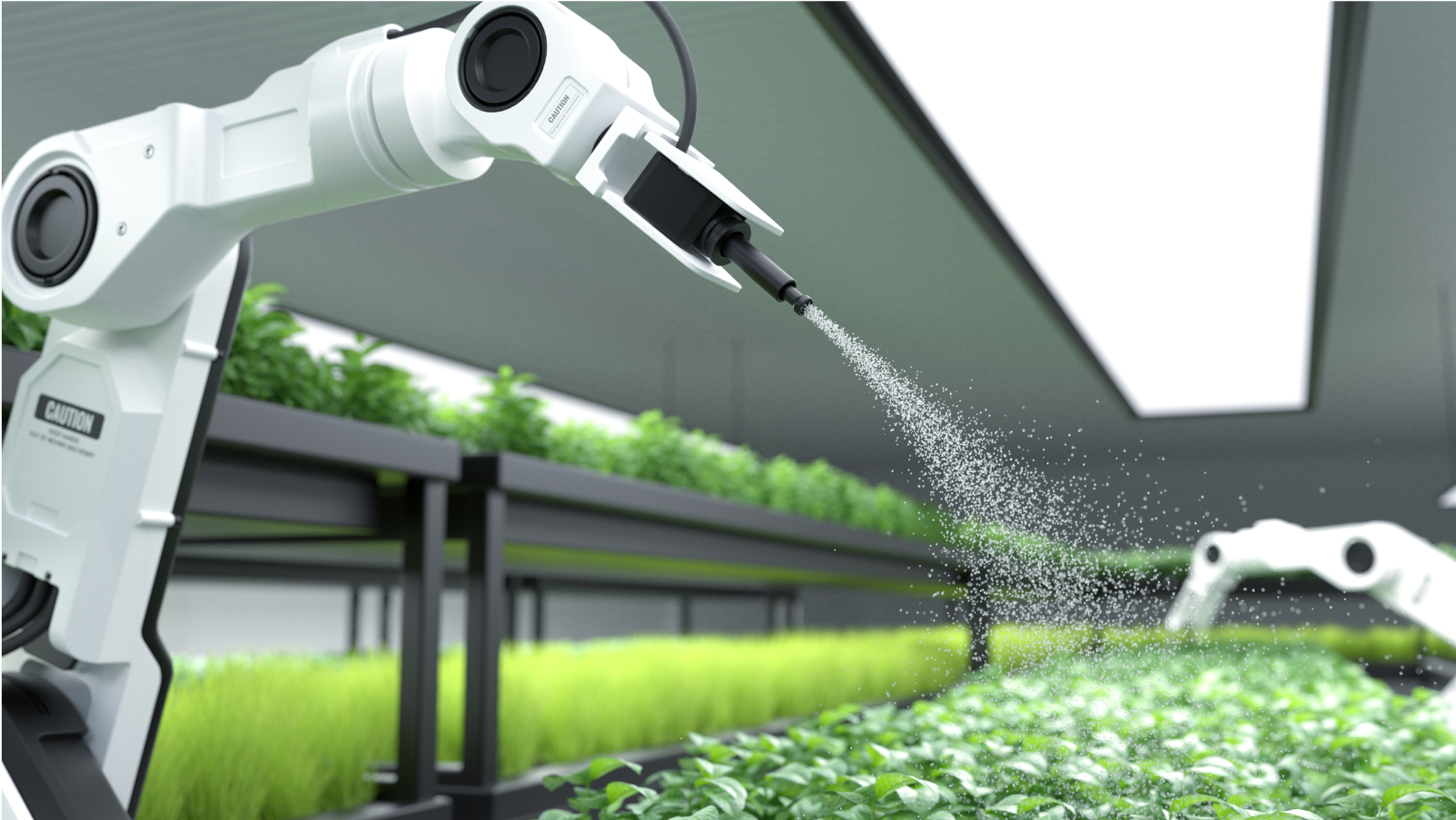July 28th, 2025
2 min read

AI is transforming the world of quality control, providing industries with tools to improve precision, reduce waste, and, most importantly, ensure the safety and reliability of products we use every day. By embracing these AI technologies, companies can not only streamline their operations but also contribute to a more sustainable, efficient, and secure future.
Sanjay Pichaiah, Co-Founder & Chief Product Officer, Akridata, leads both the product and sales organizations at this computer vision-focused company that specializes in manufacturing, inspection, quality control, and critical infrastructure monitoring using AI-powered solutions. Pichaiah explains the critical role that AI plays in quality control in modern manufacturing.
Bridges and Barriers
Quality control is not just about avoiding defects; it’s a matter of life and death, efficiency, and sustainability. “Quality control is about saving lives, reducing waste, and ensuring the reliability of the products we depend on every day, from the food we eat to the cars we drive,” says Pichaiah.
AI has become a crucial player in shaping the future of quality assurance. By minimizing human error and providing consistent, scalable quality checks, AI is enabling businesses to operate more safely and efficiently. This is especially important considering the potentially disastrous outcomes of defects: think automotive brake failures or malfunctioning medical devices.

In the past, computer vision in manufacturing was rule-based and limited to simple tasks like checking for size, shape or color. While these were important, they didn’t go far enough to detect more nuanced flaws. But with the rise of AI-driven solutions, there is a significant shift. New AI models are now capable of identifying subtle defects like micro-cracks or contamination, issues that once required human inspectors to identify.
“Advances in deep learning and generative AI allow for better accuracy and predictive capabilities,” says Pichaiah. These technologies are now setting a new standard for defect detection that goes beyond reactive fixes to prevent failures before they happen.
To understand AI’s role in quality control, it’s helpful to break down the three essential components of computer vision in manufacturing:
-
Data Acquisition
The process starts with capturing high-quality, structured images that allow for detailed inspection.
-
Edge Inference
AI models run locally, processing data on-site to detect defects in real time, minimizing delays.
-
Model Training and Enhancement –
AI models are continuously trained in centralized data centers and updated with new data, ensuring they improve over time.
AI in Society
Computer vision has long been a critical tool in quality control, but in the age of AI, it has evolved from simple rule-based detection to intelligent, predictive analysis. At Akridata, we leverage the latest advancements in deep learning and generative AI to not only identify defects but also anticipate failures before they happen. This shift from reactive to proactive inspection transforms industries – enhancing precision, reducing waste, and ensuring safer, more reliable products
Sanjay Pichaiah, Co-Founder & Chief Product Officer, Akridata
AI’s impact stretches far beyond manufacturing lines. In industries like transportation and healthcare, AI’s predictive capabilities are helping to save lives and prevent costly failures. For instance, AI is now capable of predicting defects before they even occur by analyzing wear patterns on train wheels or detecting early signs of metal fatigue in machinery. This proactive approach means potential failures can be addressed before they lead to catastrophic incidents, reducing downtime and enhancing safety.
As Pichaiah explains, “In the past, we were reacting to failures after they happened. Now, AI helps us predict and address them in real-time, ensuring the safety of passengers and workers alike.”
Another key benefit of AI in quality control is its ability to reduce waste. Traditional manufacturing often results in rejected materials that end up in landfills, contributing to environmental issues. With AI, manufacturers can fine-tune their processes, ensuring that fewer materials are wasted and that every part produced meets the highest standards.





